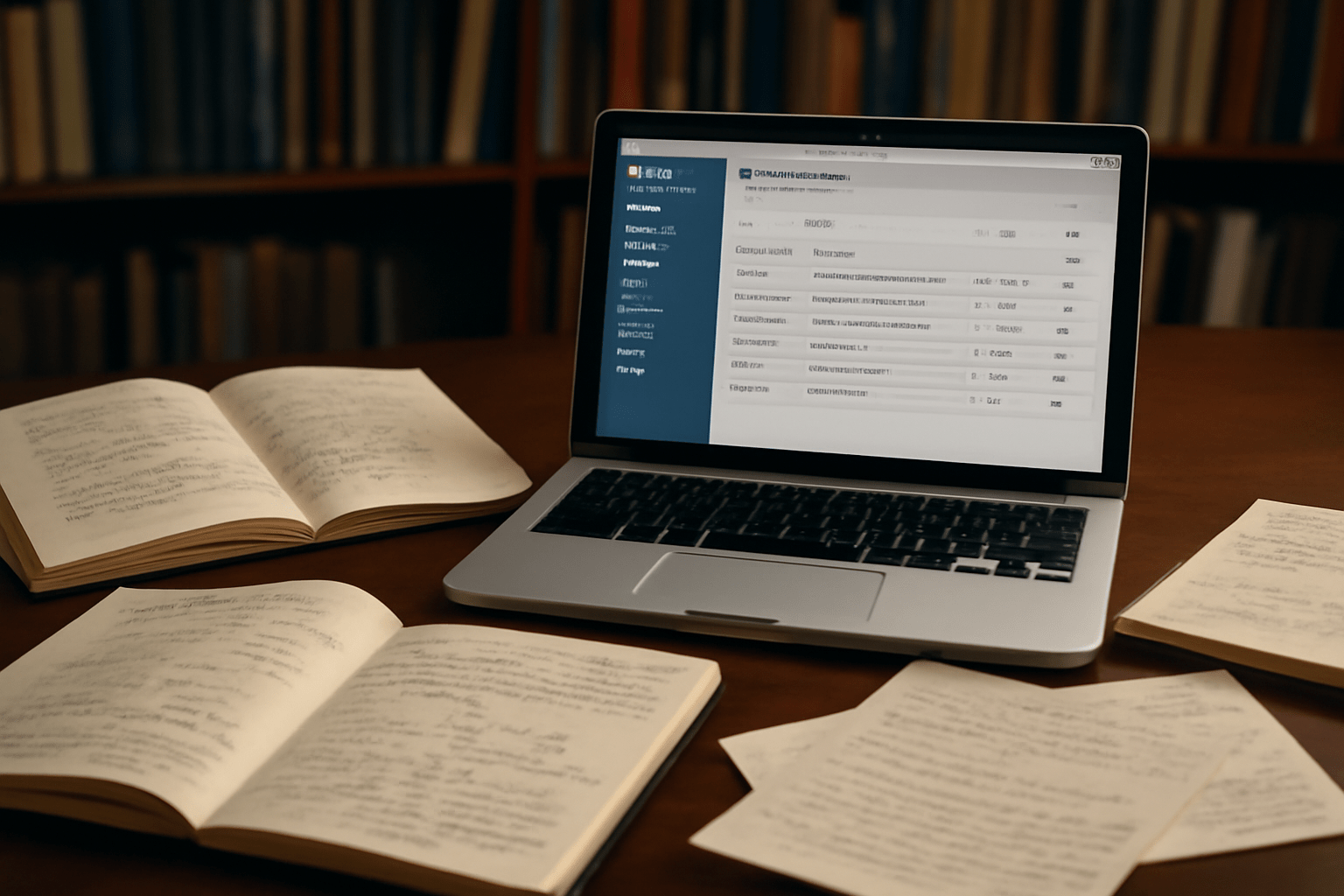The Importance of Citations and Referencing in Scientific Research
Scientific writing is a cornerstone of research communication, allowing ideas, discoveries, and innovations to be shared and built upon. One of the fundamental elements that uphold the integrity and credibility of scientific work is the proper use of citations and references. In this blog post, we will explore the role of citations in scientific research, essential referencing techniques, and best practices to ensure your writing is both professional and trustworthy.
1. The Role of Citations in Scientific Research
Citations serve several critical purposes in scientific research:
- Credibility: By citing authoritative sources, you support your statements with evidence, enhancing the reliability of your work.
- Acknowledgment: Giving credit to original ideas and previous research prevents plagiarism and respects intellectual property.
- Contextualization: Citations help situate your research within the broader scientific conversation, showing how your work relates to or builds upon existing knowledge.
- Verification: References allow readers to trace the origin of information and verify facts or data.
In scientific writing, citations are typically placed within the text as in-text citations or footnotes, which correspond to a detailed reference list at the end of the document.
2. Essential Referencing Techniques
Referencing is not simply about listing sources but adhering to specific styles and standards to maintain clarity and uniformity. Here are some essential techniques:
Choose the Appropriate Citation Style
Different scientific disciplines prefer different citation styles. Common examples include:
- APA (American Psychological Association): Common in social sciences.
- MLA (Modern Language Association): Often used in humanities.
- Chicago/Turabian: Used in history and some sciences.
- Vancouver: Widely used in medicine and biological sciences.
It’s crucial to know which style is preferred by your journal or institution and apply it consistently throughout your manuscript.
Use Reference Management Tools
Managing citations manually can be tedious and error-prone. Tools like Zotero, EndNote, and Mendeley help automate the process. They allow you to collect, organize, and insert references seamlessly, and switch between citation styles effortlessly.
Be Accurate and Complete
Ensure all cited works include complete bibliographic details: authors, publication year, title, journal or book name, volume, issue, pages, and DOI or URL where applicable. Incorrect or incomplete references can undermine your paper’s professionalism and frustrate readers.
3. Best Practices for Citations and References
To maintain high standards in your scientific writing, observe the following best practices:
- Quote Sparingly: Use direct quotes only when necessary, and always attribute correctly. Paraphrase when possible to demonstrate your understanding.
- Avoid Overcitation: Cite relevant and significant sources rather than overloading your paper with tangential references.
- Keep It Current: Prioritize recent and peer-reviewed sources to ensure your research reflects the latest developments.
- Verify Sources: Confirm that every in-text citation has a corresponding reference and vice versa. This ensures completeness and accuracy.
- Use DOIs: Whenever possible, include Digital Object Identifiers (DOIs) in your references to provide persistent links to sources.
4. Why Proper Citation Matters Beyond Academia
Proper citation practices extend beyond academic integrity. They contribute to the broader scientific ecosystem by:
- Facilitating Collaboration: Clear attribution allows others to identify key contributors and build upon their work.
- Supporting Reproducibility: Detailed referencing enables researchers to reproduce experiments and validate findings.
- Enhancing Your Reputation: Demonstrating thorough and ethical scholarship strengthens your credibility as a researcher.
5. Additional Resources
To deepen your understanding of citations and referencing in scientific writing, consider these helpful guides:
- Purdue OWL – Research and Citation Resources
- Cite This For Me – Citation Generator and Guides
- Nature’s Editorial Policies on Citation
For a comprehensive exploration of the topic, you can also read this insightful article on Scientific Writing: 10 Citations and References in Scientific Writing Best Practices.
Conclusion
Mastering citations and referencing is essential for anyone engaged in scientific writing. Not only does it uphold ethical standards and academic integrity, but it also enhances the clarity, credibility, and impact of your research. By following the guidelines and best practices outlined above, you can ensure your scientific writing is professional, trustworthy, and respected within the research community.
Happy writing and citing!

Leave a Reply